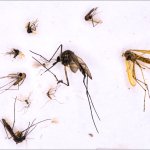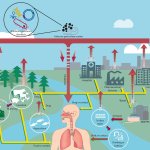
News • Predictive models for fungal pathogens
Study: Climate change enhances threat of infection-causing fungi to Europe
The rise of pathogenic fungi is a real concern and is being driven by climate change. A new study predicts significant spread of certain fungal pathogens in Europe fuelled by rising temperatures.



























